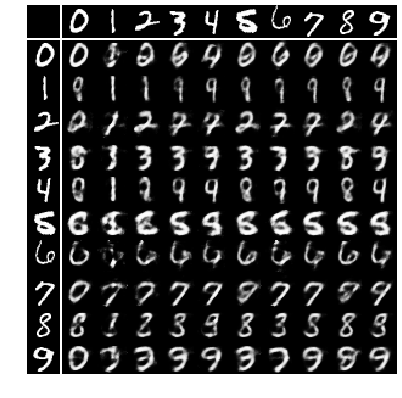Multi-Level Variational Autoencoder: Learning Disentangled Representations from Grouped Observations
We would like to learn a representation of the data which decomposes an observation into factors of variation which we can independently control. Specifically, we want to use minimal supervision to learn a latent representation that reflects the semantics behind a specific grouping of the data, where within a group the samples share a common factor of variation. For example, consider a collection of face images grouped by identity. We wish to anchor the semantics of the grouping into a relevant and disentangled representation that we can easily exploit. However, existing deep probabilistic models often assume that the observations are independent and identically distributed. We present the Multi-Level Variational Autoencoder (ML-VAE), a new deep probabilistic model for learning a disentangled representation of a set of grouped observations. The ML-VAE separates the latent representation into semantically meaningful parts by working both at the group level and the observation level, while retaining efficient test-time inference. Quantitative and qualitative evaluations show that the ML-VAE model (i) learns a semantically meaningful disentanglement of grouped data, (ii) enables manipulation of the latent representation, and (iii) generalises to unseen groups.
PDF Abstract


 MNIST
MNIST
 MS-Celeb-1M
MS-Celeb-1M